In the vast catalog of dinosaur discoveries, few creatures captivate the imagination quite like Bajadasaurus pronuspinax. This remarkable sauropod, unearthed in the rich paleontological landscapes of Argentina, stands out for its most distinctive feature—an array of formidable neck spikes protruding forward like medieval weaponry. Discovered relatively recently in geological terms, Bajadasaurus offers paleontologists and dinosaur enthusiasts alike a fascinating glimpse into the evolutionary adaptations of sauropods during the Early Cretaceous period. Its unique defensive structures not only challenge our understanding of dinosaur anatomy but also provide valuable insights into predator-prey relationships in prehistoric Patagonia. As we delve into the world of this spiky-necked giant, we’ll explore its discovery, physical characteristics, lifestyle, and the scientific significance that continues to make Bajadasaurus one of paleontology’s most intriguing figures.
Discovery and Naming
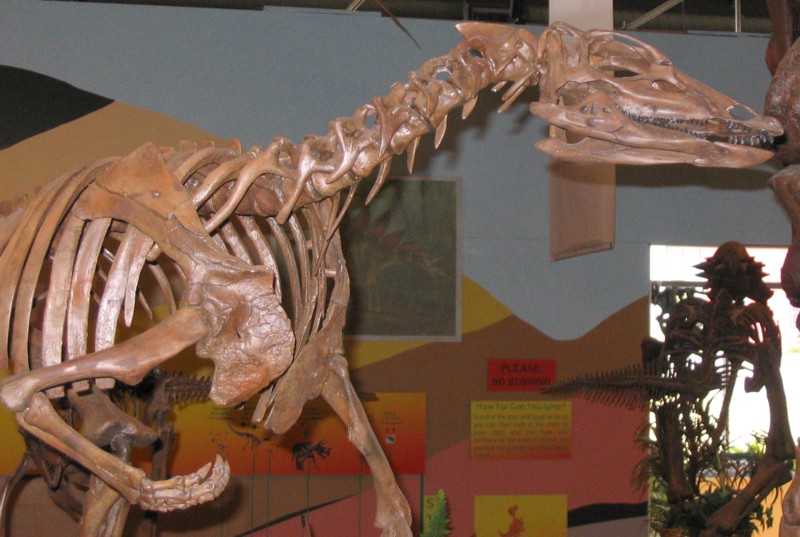
Bajadasaurus pronuspinax was discovered in 2013 by paleontologists working in the Bajada Colorada Formation in Neuquén Province, Argentina. The specimen consisted primarily of a remarkably well-preserved skull and neck vertebrae, providing scientists with crucial information about this previously unknown species. The genus name “Bajadasaurus” combines “Bajada,” referring to the geological formation where it was found, with “saurus,” the Greek word for lizard. The species name “pronuspinax” derives from “pronus” (meaning forward-leaning) and “spinax” (meaning spine), directly referencing its most distinctive anatomical feature. The formal scientific description was published in 2019 in the journal Scientific Reports by a team led by Argentinian paleontologist Pablo Gallina from the Fundación Azara at Universidad Maimónides, bringing this unusual dinosaur to global attention after years of careful preparation and analysis.
Geological Timeline
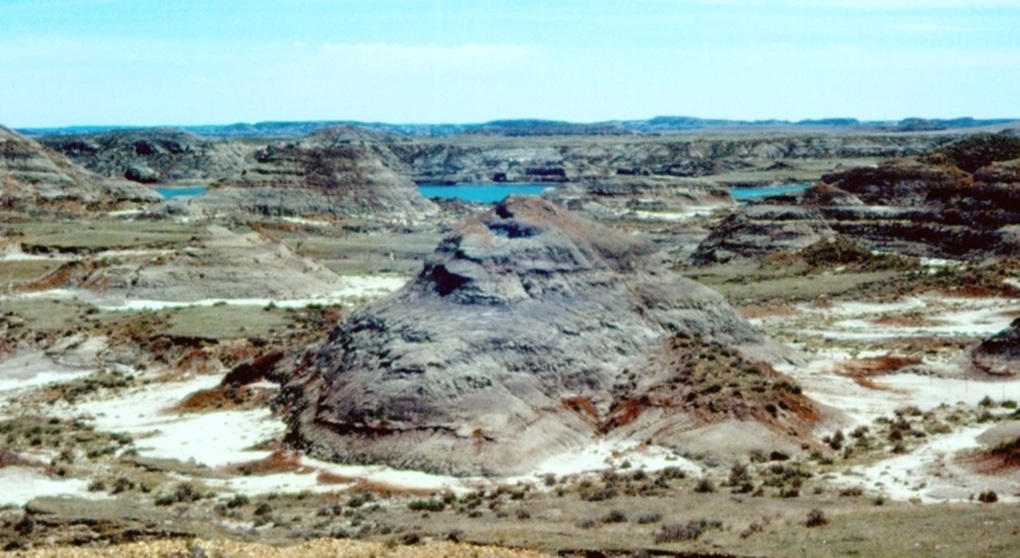
Bajadasaurus roamed the Earth during the Early Cretaceous period, specifically during the Berriasian age, approximately 145-140 million years ago. This positions Bajadasaurus near the beginning of the Cretaceous period, which would ultimately conclude with the mass extinction event that wiped out non-avian dinosaurs about 66 million years ago. The Early Cretaceous was characterized by continuing continental breakup as the supercontinent Pangaea fragmented, leading to diverse ecological niches and evolutionary adaptations. During this time, the region that would become Patagonia experienced a different climate than today’s, with more extensive forests and varied ecosystems supporting diverse dinosaur populations. The geological context of Bajadasaurus provides important insights into the evolutionary timeline of sauropods and their adaptations to changing environments at this crucial juncture in Earth’s history.
Classification Within Dinosaur Taxonomy
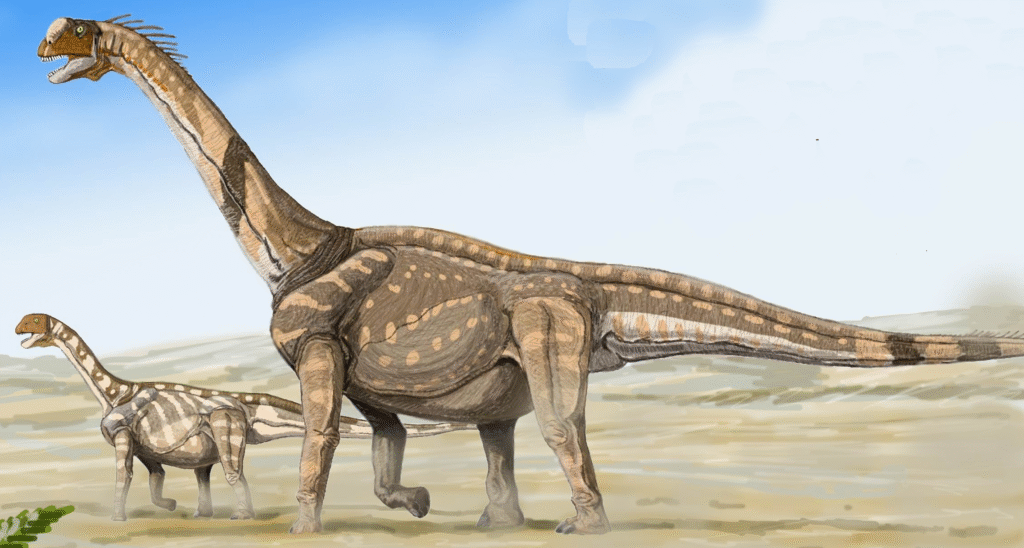
Bajadasaurus belongs to the family Dicraeosauridae, a group of sauropod dinosaurs characterized by their relatively smaller body size compared to other sauropods and their distinctive neural spines. Within the broader dinosaur classification, Bajadasaurus sits in the order Saurischia, suborder Sauropodomorpha, and infraorder Sauropoda. Dicraeosaurids represent a specialized branch of the larger superfamily Diplodocoidea, which includes the famous long-necked Diplodocus. What makes the dicraeosaurids particularly noteworthy is their departure from the typical sauropod body plan, with shorter necks and the development of elaborate neural spines. Other members of this family include Dicraeosaurus from Tanzania and Amargasaurus, another spiny-necked sauropod from Argentina. Bajadasaurus shows closest relation to Amargasaurus, though its forward-projecting spines represent a unique evolutionary direction even within this specialized family.
The Distinctive Forward-Pointing Neural Spines
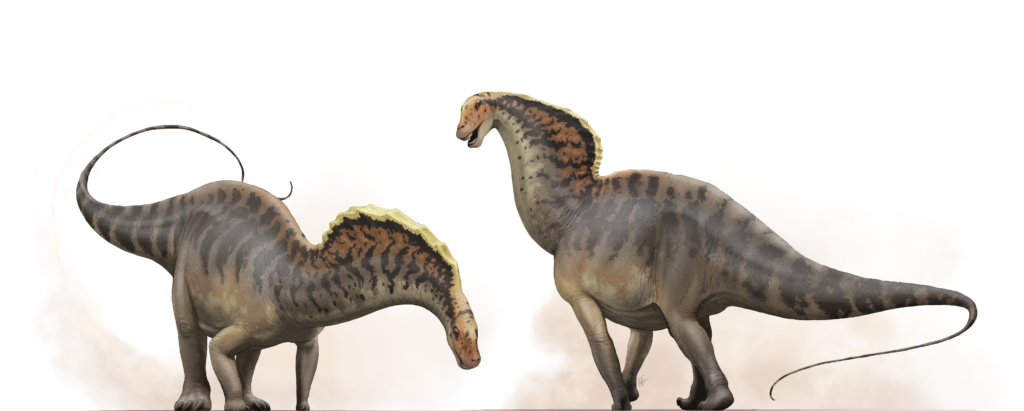
The most striking feature of Bajadasaurus is undoubtedly its extraordinary neural spines—elongated bony projections that extend forward from its neck vertebrae like medieval lances. These neural spines could reach up to a meter in length and curved dramatically forward, creating a formidable array of spikes unlike anything seen in most other dinosaurs. Unlike its relative Amargasaurus, whose spines projected more vertically, Bajadasaurus evolved this unique forward-oriented configuration that has sparked considerable scientific debate. The spines were likely not solid bone throughout but rather had a more dense outer layer surrounding a lighter internal structure, allowing for maximum defensive capability without excessive weight. This remarkable adaptation represents one of the most extreme examples of neural spine modification in the entire dinosaur record, transforming the creature’s silhouette into something that would have been immediately recognizable even to other dinosaurs of its era.
Size and Physical Characteristics
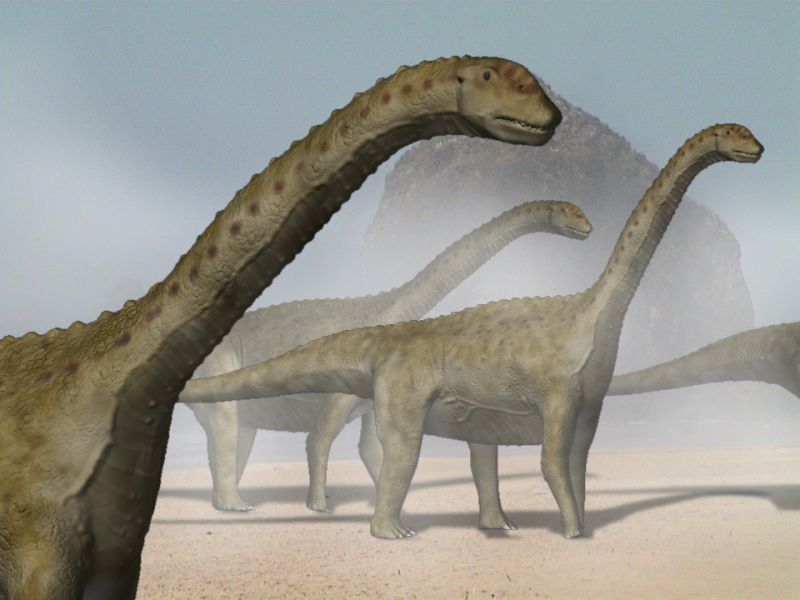
Beyond its spectacular neck spines, Bajadasaurus possessed the general body plan typical of sauropod dinosaurs, though with proportions characteristic of the dicraeosaurid family. Based on comparable relatives, paleontologists estimate that Bajadasaurus likely reached lengths of approximately 9-10 meters (29-33 feet)—relatively modest compared to larger sauropods like Brachiosaurus or Argentinosaurus, which could exceed 30 meters. Its weight likely fell between 3-4 tons, again smaller than many other sauropods. Bajadasaurus had a relatively small head perched atop its distinctive neck, with a body supported by four pillar-like legs. Its teeth suggest a herbivorous diet, with pencil-shaped dental structures adapted for stripping vegetation. The overall body proportions indicate a quadrupedal stance with a horizontal posture, though the full postcranial skeleton remains incompletely known since the discovery primarily included cranial and cervical remains rather than a complete skeleton.
Defensive Function of the Spines
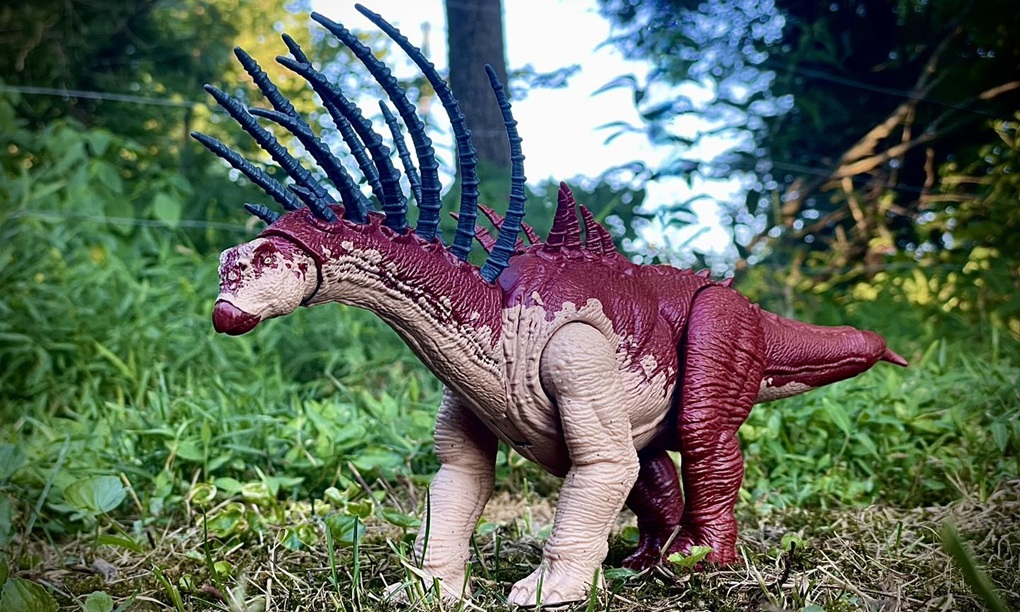
The primary evolutionary purpose of Bajadasaurus’ extraordinary forward-pointing spines has been the subject of intense scientific debate, though defense appears to be the most compelling explanation. These formidable spikes would have created an effective deterrent against predation from large theropod dinosaurs that inhabited the same ecosystem. The forward orientation is particularly significant, as it would have protected the vulnerable neck region while the dinosaur lowered its head to feed from ground vegetation—a vulnerable position for many herbivores. Paleontologist Pablo Gallina, lead researcher on Bajadasaurus, has compared this adaptation to “having a fence that surrounds the animal permanently.” The spines may have been further enhanced by keratinous sheaths (similar to horn material in modern animals), potentially making them even longer and more intimidating than the fossilized bone cores suggest. This passive defense system would have been crucial for a relatively slow-moving herbivore living alongside dangerous predators.
Alternative Theories About the Spines

While defense remains the most widely accepted function of Bajadasaurus’ remarkable spines, scientists have proposed several alternative or complementary explanations for these structures. Some researchers suggest the spines may have played a role in thermoregulation, with the increased surface area potentially helping to dissipate excess body heat in the warm Cretaceous climate. Others have proposed that the spines might have supported a sail-like structure of skin that could have been used for display, species recognition, or sexual selection—though this hypothesis remains more speculative given the forward-pointing orientation of the spines. Another theory suggests the spines may have functioned as a form of camouflage, breaking up the dinosaur’s outline when viewed among prehistoric vegetation. Some paleontologists have even suggested the possibility that the spines might have housed sensory organs or been covered with highly sensitive skin that helped Bajadasaurus perceive its environment, though direct evidence for this remains elusive.
Diet and Feeding Habits
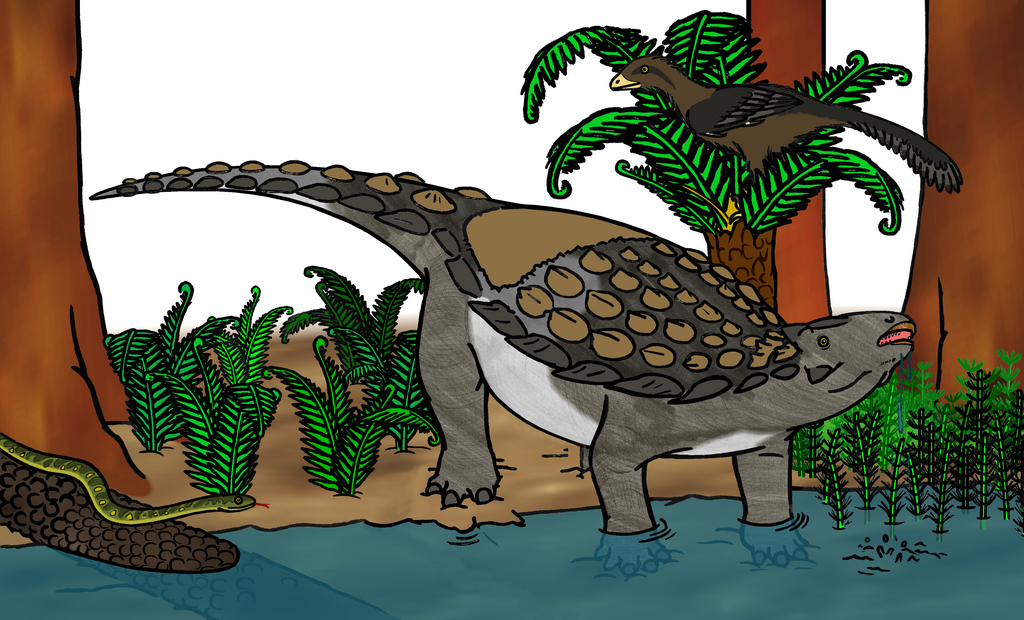
As a member of the sauropod lineage, Bajadasaurus was undoubtedly herbivorous, though its specific dietary preferences remain a subject of scientific investigation. The dental structure of Bajadasaurus, with pencil-shaped teeth concentrated at the front of the jaws, suggests an adaptation for stripping vegetation rather than grinding tough plant material. This feeding strategy likely involved selective browsing on particular plants or plant parts within its ecosystem. The forward-pointing spines may have influenced its feeding behavior, potentially allowing Bajadasaurus to lower its head to ground-level vegetation while maintaining protection against predators—a vulnerable position for many herbivores. Some paleontologists have suggested that dicraeosaurids like Bajadasaurus might have specialized in feeding on specific plant types that were different from those targeted by the larger, higher-browsing sauropods, allowing for niche partitioning within the herbivore community of Early Cretaceous Patagonia.
Ecosystem and Contemporary Dinosaurs
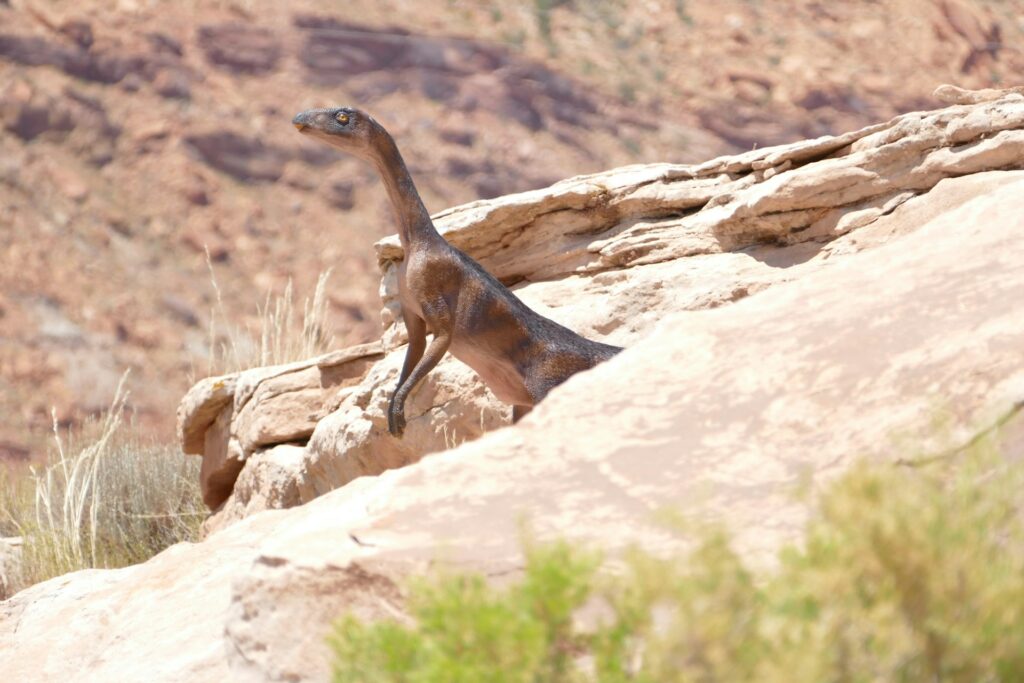
The Early Cretaceous ecosystems of what would become Patagonia provided the backdrop for Bajadasaurus’ existence, featuring a diverse array of flora and fauna quite different from the region today. The Bajada Colorada Formation has yielded fossils of various dinosaur species that shared this prehistoric environment with Bajadasaurus. Large predatory theropods, potentially including relatives of Giganotosaurus, would have posed a significant threat to Bajadasaurus, likely driving the evolution of its defensive adaptations. Other herbivorous dinosaurs, including various sauropods and possibly early ornithischians, would have competed for plant resources. The broader ecosystem likely included primitive mammals, various reptiles, amphibians, and early birds, creating a complex ecological network. The climate was considerably warmer than modern Patagonia, supporting more extensive forests and diverse vegetation that provided food sources for herbivores like Bajadasaurus and ultimately supported the entire food web of this ancient environment.
Comparison with Amargasaurus

Bajadasaurus shares its most notable characteristic—elongated neural spines—with another famous Argentinian dicraeosaurid, Amargasaurus. Both dinosaurs developed these remarkable structures, but with key differences that highlight diverse evolutionary paths even within closely related species. While Bajadasaurus possessed forward-pointing spines, Amargasaurus developed tall, more vertically oriented neural spines arranged in two parallel rows along its neck and back. Amargasaurus lived approximately 15 million years after Bajadasaurus, during the early Late Cretaceous period, suggesting a sustained evolutionary advantage to these elaborate structures across significant time spans. The two species likely occupied similar ecological niches but at different points in geological history, potentially representing successful adaptations to similar environmental challenges. The striking similarities combined with notable differences between these two genera provide paleontologists with valuable insights into evolutionary patterns within the Dicraeosauridae family and the adaptive radiation of sauropods in South America.
Paleobiological Significance

The discovery of Bajadasaurus has provided significant contributions to our understanding of sauropod evolution and diversity during the Early Cretaceous period. As one of the earliest known members of the Dicraeosauridae family, Bajadasaurus represents an important data point for tracking the evolutionary history of this specialized sauropod lineage. The extreme adaptation of its neural spines demonstrates the remarkable plasticity of the vertebral column in dinosaurs and highlights how natural selection can drive the development of specialized defensive structures. Furthermore, Bajadasaurus adds to the growing evidence that South America, particularly Argentina, was a critical center of dinosaur evolution and diversification. The excellent preservation of its skull material has allowed for detailed studies of cranial anatomy, providing insights into sensory capabilities and feeding mechanisms. Additionally, the timing of Bajadasaurus in the Early Cretaceous helps paleontologists better understand the transition between Jurassic and Cretaceous dinosaur faunas in the southern hemisphere.
Challenges in Reconstruction
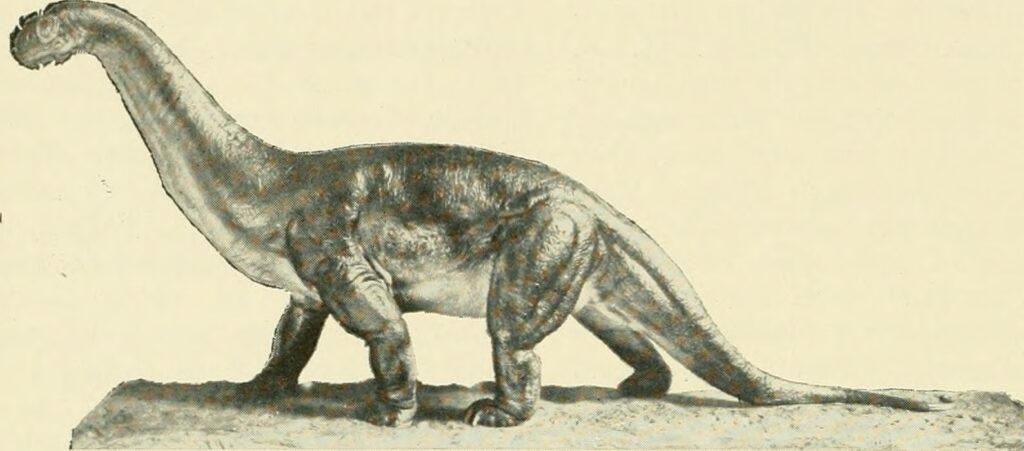
Despite its scientific significance, reconstructing the complete appearance of Bajadasaurus presents considerable challenges for paleontologists. The fossil record for this dinosaur remains incomplete, with the discovery primarily consisting of cranial and cervical vertebrae material rather than a complete skeleton. This partial preservation forces scientists to make educated inferences about the rest of its anatomy based on better-known relatives within the Dicraeosauridae family. Particularly challenging is determining the exact appearance of the neural spines in life, including whether they were covered with keratinous sheaths, connected by soft tissue, or adorned with other structures not preserved in fossils. Creating accurate muscle reconstructions requires careful comparative anatomy with both extinct and extant relatives. Additionally, the coloration and skin texture of Bajadasaurus remain entirely speculative, as no skin impressions have been discovered. These gaps in our knowledge remind us that paleontological reconstructions represent our best scientific interpretations based on available evidence, subject to revision as new discoveries emerge.
Significance to Argentinian Paleontology
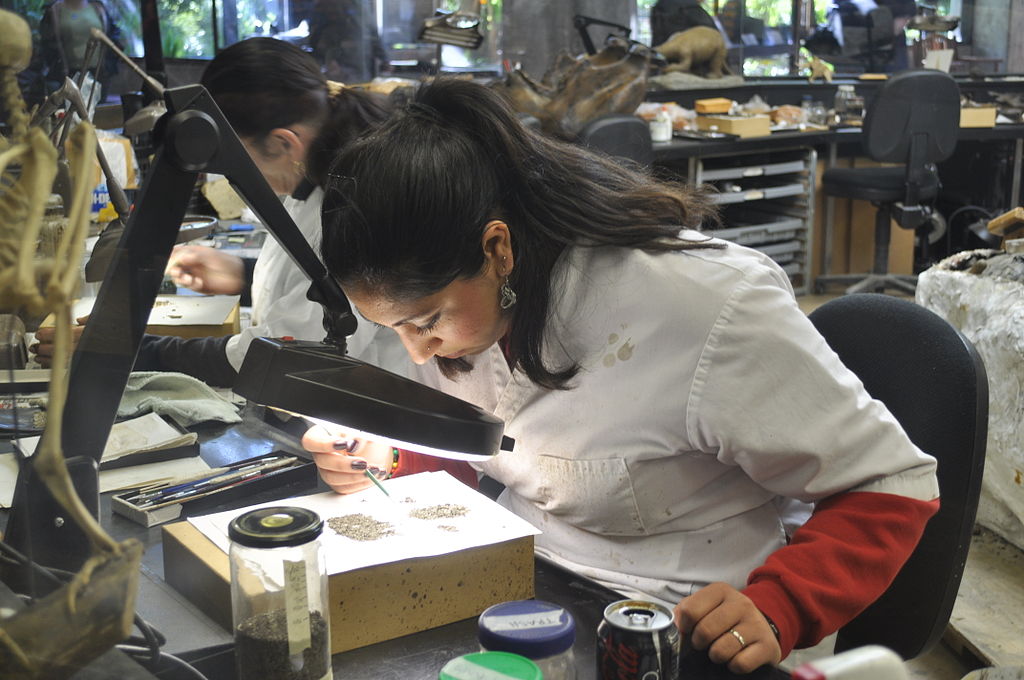
The discovery of Bajadasaurus represents another jewel in the crown of Argentina’s rich paleontological heritage, reinforcing the country’s status as one of the world’s most important dinosaur fossil locations. Argentina has yielded numerous significant dinosaur finds, including some of the largest dinosaurs ever discovered, such as Patagotitan and Argentinosaurus. The Neuquén Basin, where Bajadasaurus was found, has proven particularly fertile ground for paleontological research, preserving a remarkable record of Mesozoic life. The discovery highlights the importance of continued support for paleontological research in the region, with Argentinian scientists making critical contributions to our global understanding of dinosaur evolution. Institutions like the Fundación Azara at Universidad Maimónides and the Museo Paleontológico Ernesto Bachmann have been instrumental in excavating, preserving, and studying these important fossils. Bajadasaurus has also become a source of national scientific pride and has helped stimulate public interest in paleontology throughout Argentina, inspiring a new generation of potential scientists.
Continuing Research and Future Discoveries

The scientific investigation of Bajadasaurus continues to evolve as researchers apply new technologies and methodological approaches to better understand this remarkable dinosaur. Ongoing fieldwork in the Bajada Colorada Formation holds promise for discovering additional Bajadasaurus specimens, potentially including more complete skeletal material that could answer lingering questions about its full anatomy. Advanced imaging techniques, including CT scanning and 3D modeling, are helping scientists analyze the existing fossils in unprecedented detail, revealing internal structures and subtle features not visible to the naked eye. Biomechanical studies using engineering principles are shedding light on the structural properties of the neural spines, including their strength, flexibility, and potential functional limitations. Comparative studies with other dicraeosaurids continue to refine our understanding of the evolutionary relationships within this family. The search for preserved soft tissues or molecular traces, though challenging, represents another frontier that could potentially reveal more about Bajadasaurus’ physiology and appearance, showing that even years after its initial discovery, this unique dinosaur continues to offer rich opportunities for scientific investigation.
Conclusion
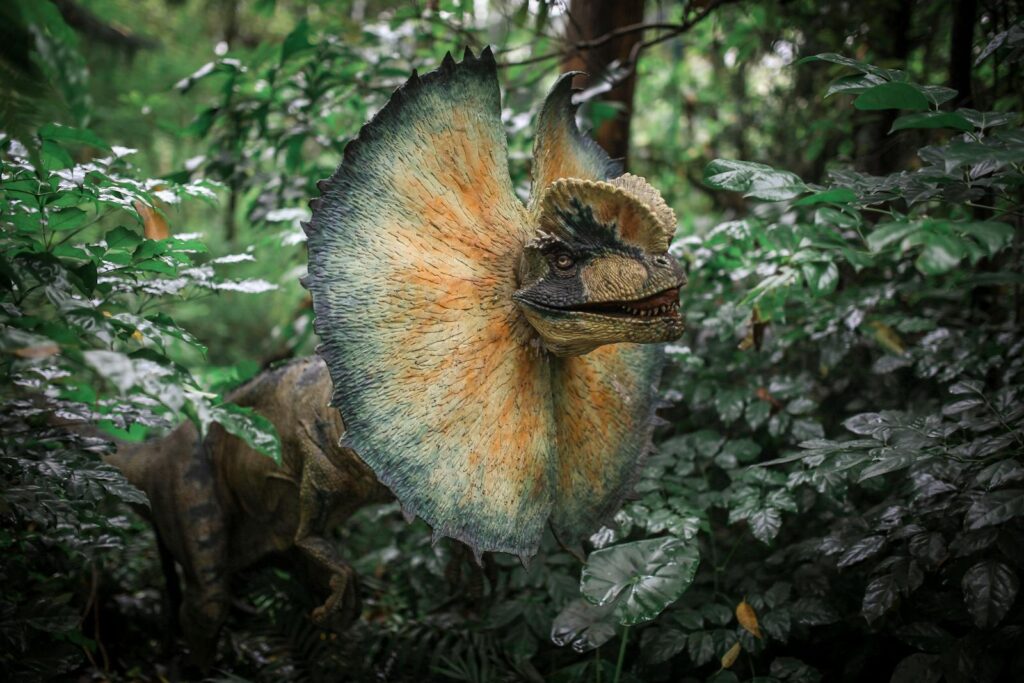
The story of Bajadasaurus pronuspinax reminds us that despite over a century of dinosaur paleontology, remarkable new discoveries continue to reshape our understanding of prehistoric life. With its forward-projecting neck spines creating a silhouette unlike virtually any other known dinosaur, Bajadasaurus stands as a testament to the extraordinary diversity of adaptations that evolved during the Mesozoic Era. As scientific investigation continues, this unusual sauropod will undoubtedly reveal more secrets about life in Early Cretaceous South America, further enriching our appreciation for the evolutionary innovations that characterized dinosaur development. The medieval-weapon-like spines of Bajadasaurus not only capture our imagination but also demonstrate nature’s remarkable capacity to develop specialized defensive structures in response to evolutionary pressures—a process that continues to shape life on Earth to this day.



